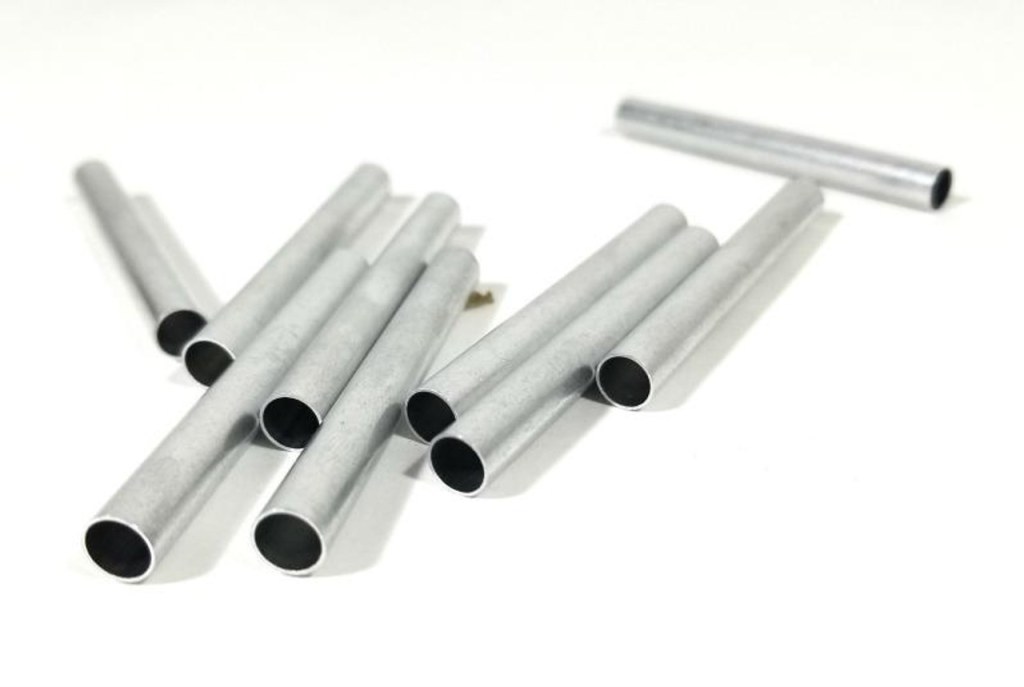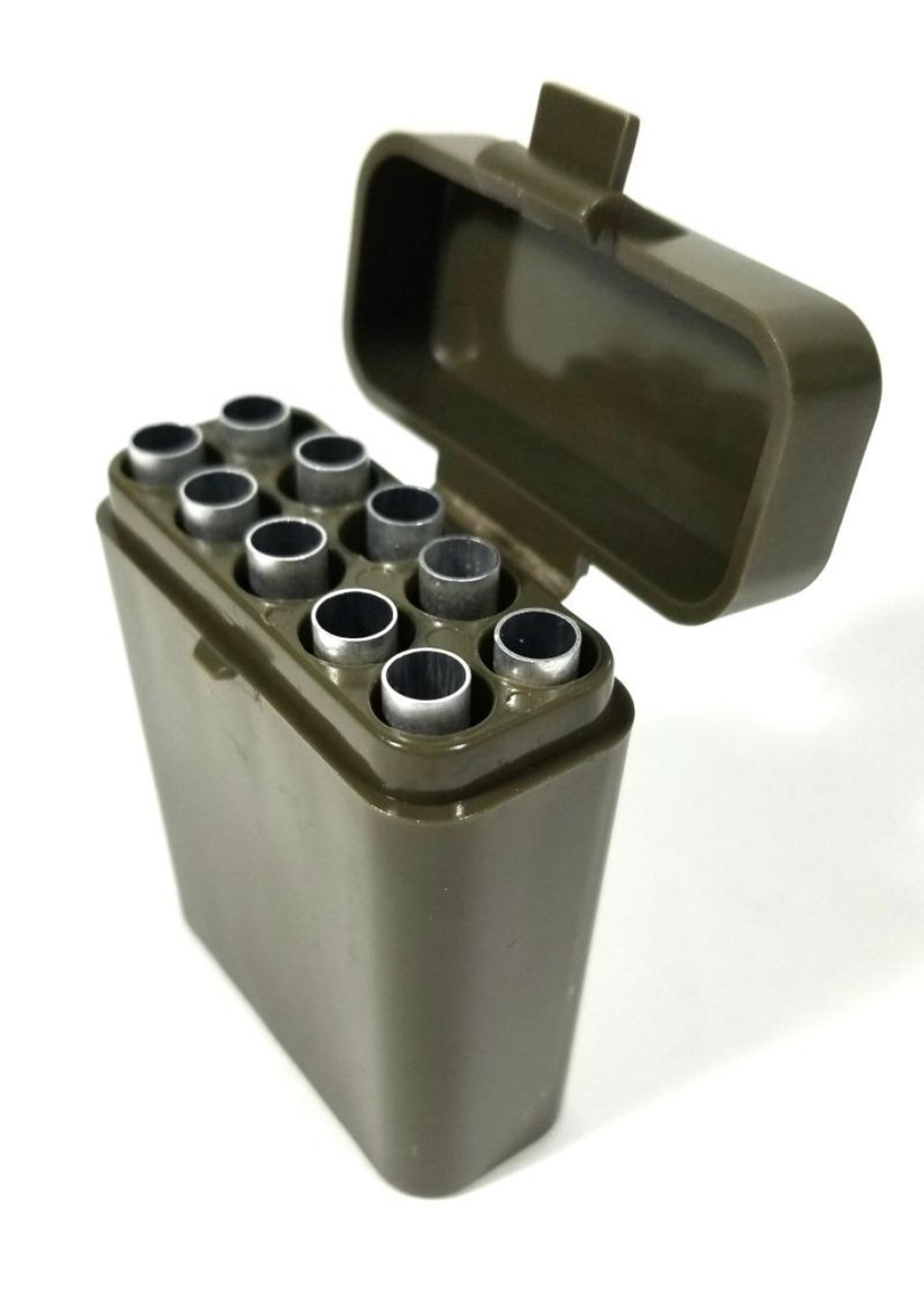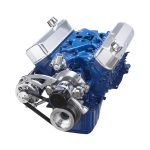Powerful Non Electric Blasting Cap – Experience Ultimate Safety And Effectiveness With Non Electric Blasting Cap Today!
Non Electric Blasting Cap: A Powerful Tool for Controlled Explosions
Introduction
Dear Smart Readers,
3 Picture Gallery: Powerful Non Electric Blasting Cap – Experience Ultimate Safety And Effectiveness With Non Electric Blasting Cap Today!
Welcome to our informative article on non electric blasting caps. In this article, we will delve into the details of this powerful tool that is widely used in controlled explosions. Whether you are an engineer, a construction worker, or simply someone interested in learning about explosives, this article is here to provide you with valuable insights and knowledge. So, let’s dive in!
What is a Non Electric Blasting Cap?

Image Source: bigcommerce.com
🧨 A non electric blasting cap, also known as a detonator, is a safety device used to initiate an explosion. It consists of a small explosive charge enclosed in a metal or plastic container. Unlike electric blasting caps that require electrical energy to function, non electric blasting caps are designed to initiate explosions through mechanical means.
Who Uses Non Electric Blasting Caps?
👷 Non electric blasting caps are primarily used by professionals in various industries, including mining, construction, and demolition. These caps are an essential tool for controlled explosions in these fields, allowing for the precise and safe removal of rocks, buildings, or other structures.
When and Where are Non Electric Blasting Caps Used?

Image Source: bigcommerce.com
⏰ Non electric blasting caps are used in situations where controlled explosions are necessary. They are employed in mining operations to extract minerals, in construction projects to demolish old structures, and in military operations for various purposes. These caps can be found in diverse locations around the world, wherever explosive expertise is required.
Why Choose Non Electric Blasting Caps?
❓ Non electric blasting caps offer several advantages over their electric counterparts. Firstly, they are more reliable in extreme environmental conditions, such as high temperatures or wet environments, where electricity may be unreliable. Secondly, they are safer to handle and transport due to their stable and non-electrical nature. Additionally, non electric blasting caps are cost-effective and require minimal maintenance, making them a popular choice among professionals.
How Do Non Electric Blasting Caps Work?

Image Source: bigcommerce.com
🔧 Non electric blasting caps rely on mechanical methods to initiate an explosion. They typically consist of a sensitive primary explosive compound, such as lead azide or lead styphnate, enclosed in a metal or plastic container. When the blasting cap is struck or subjected to sufficient pressure, the sensitive compound detonates, initiating the explosion of the main charge.
Advantages and Disadvantages of Non Electric Blasting Caps
👍 Non electric blasting caps offer several advantages, such as their reliability in extreme conditions, their safety, and their cost-effectiveness. However, they also have some disadvantages. One disadvantage is that they cannot be used in situations where precise timing is crucial, as they lack the instantaneous response of electric blasting caps. Furthermore, non electric blasting caps require additional force or equipment to initiate the explosion, which may cause delays in some applications.
Frequently Asked Questions (FAQs)
1. Can non electric blasting caps be reused?
No, non electric blasting caps are designed for single-use only. Once they have been initiated, they cannot be reused and must be disposed of properly.
2. Are non electric blasting caps safe to handle?
Yes, non electric blasting caps are generally safe to handle as long as proper safety precautions are followed. It is essential to receive proper training and follow industry guidelines to ensure safe handling.
3. Are non electric blasting caps legal?
The legality of non electric blasting caps varies from country to country. In some regions, they may require a license or permit for use. It is crucial to familiarize yourself with the regulations in your area before using non electric blasting caps.
4. Can non electric blasting caps cause accidental detonations?
No, non electric blasting caps are designed to resist accidental detonations. They require specific conditions, such as impact or pressure, to initiate the explosion.
5. Can non electric blasting caps be transported?
Yes, non electric blasting caps can be transported, but strict regulations and guidelines must be followed to ensure proper safety and security during transportation.
Conclusion
In conclusion, non electric blasting caps are powerful tools used in controlled explosions. Their mechanical nature and reliability make them a preferred choice in various industries. However, it is crucial to handle them with caution and adhere to established safety protocols to ensure the well-being of personnel and the success of the operations. If you are a professional in the field or someone interested in the subject matter, we hope this article has provided you with valuable insights into the world of non electric blasting caps.
Final Remarks
Dear Smart Readers,
We would like to emphasize that non electric blasting caps should only be used by professionals who have received proper training and possess the necessary qualifications. It is essential to prioritize safety and adhere to all applicable laws and regulations when working with explosives. The information provided in this article is for educational purposes only, and we do not encourage or endorse any unauthorized use or handling of non electric blasting caps.
This post topic: Electric



